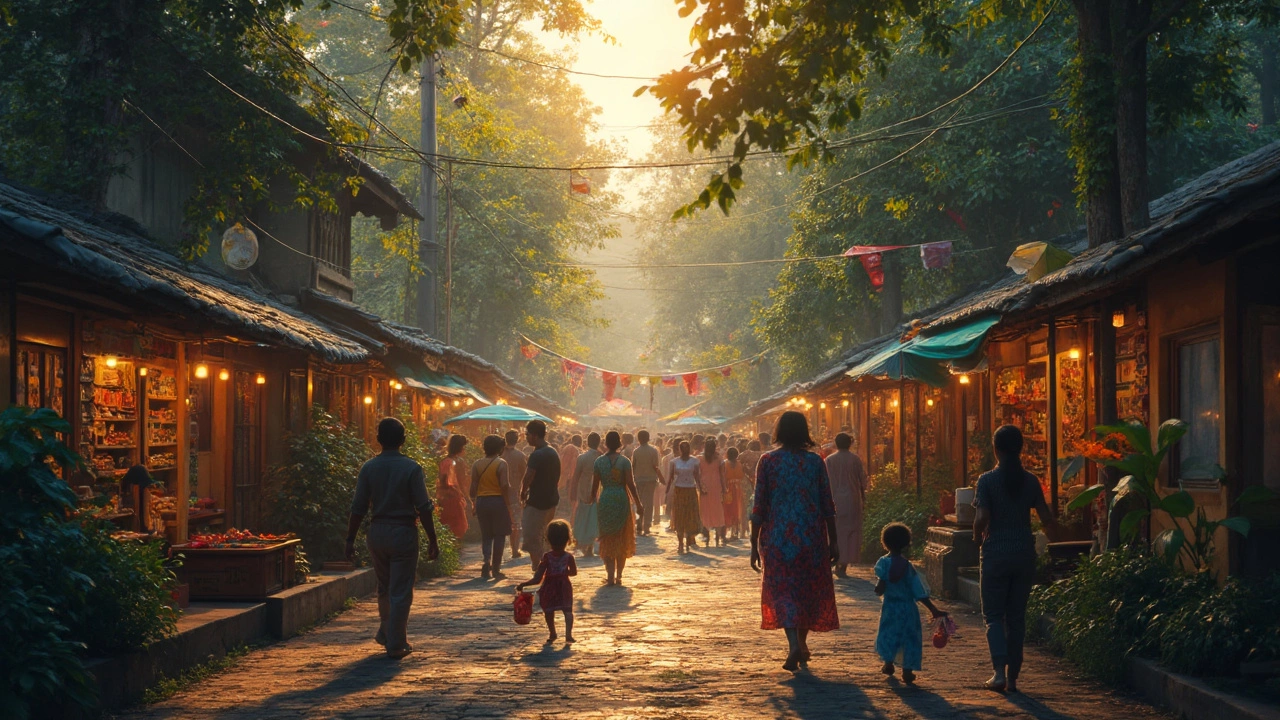Kerala Tourism: Best Beaches, Temples, and Jungle Retreats in South India
When you think of Kerala tourism, a vibrant blend of tropical forests, winding backwaters, and spiritual heritage along India’s southwestern coast. Also known as God’s Own Country, it’s where the monsoon paints the land green, coconut trees line every road, and houseboats glide silently through lagoons. This isn’t just another beach destination—it’s a full sensory experience that pulls you into a rhythm older than most modern cities.
What makes Kerala tourism stand out? It’s the mix of nature and culture you won’t find elsewhere. You can start your morning at a centuries-old temple, like the Sri Padmanabhaswamy Temple in Thiruvananthapuram, where rituals are still performed exactly as they were 500 years ago. By afternoon, you’re kayaking through the backwaters, a network of canals and lakes near Alleppey where local families live on boats and cook fresh fish over open flames. And by sunset, you’re sleeping under the stars at a jungle camp tucked into the Western Ghats, listening to crickets and distant howler monkeys. It’s not staged. It’s real.
And yes, the beaches here are different. Unlike Goa’s loud parties, Kerala’s shores like Kovalam and Varkala feel like secret hideouts. Locals still sell coconuts from wooden carts. Fishermen mend nets on the sand. No high-rises block the horizon. You’ll also find hidden trekking trails in Wayanad, spice plantations in Munnar, and wildlife sanctuaries where elephants roam free. It’s all connected—nature, tradition, and slow travel.
If you’ve read posts about South India’s food safety, temple etiquette, or the differences between North and South India, you already know Kerala plays by its own rules. The food is spicy but clean. The temples ask for modest dress, not just rules. The jungle camps don’t have Wi-Fi—because they don’t need it. This collection of articles? They’re your real-world guide to navigating all of it without the tourist traps.
